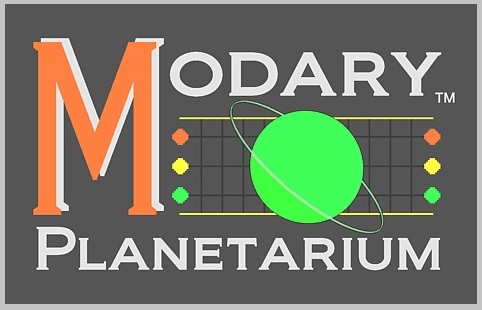

|
The Spectrums range from the very simple harmonic forms that we are all used to, through some of the standard alterations, all the way to alterations of the alterations. |

Figure 2.10 : Salt Spectrum [ LR, LO, LY, LG, LB, LI, LV ] { Orbital Four } |

Figure 2.11 : Sugar Spectrum [ GR, GO, GY, GG, GB, GI, GV ] { Orbital Four } |
|
There are many modes, existing within the overall modary, which have a good Melodic Structure as in Salt Yellow; such modes are now capable of being given theoretical treatment along with the others of the modary. |
|
Present Modary Name: |
Abbreviation: |
|
Estimated Name: |
Traditional Name: |
x |
x |
|||
x |
 |
x |
||
|
Salt Yellow | LY |
 |
|
|
x |
x |
|||
x |
 |
x |
||
|
Sugar Blue | GB |
 |
|
Persian Scale |
x |
x |

Figure 2.12 : Pine Spectrum [ IR, IO, IY, IG, IB, II, IV ] { Orbital Four } |

Figure 2.13 : Palm Spectrum [ AR, AO, AY, AG, AB, AI, AV ] { Orbital Four } |
|
The collection of 17 Spectrums which is, for the most part, represented in Figures 2.1 through 2.13 contains the 119 qualified modes that constitute the modary. Using very few words, we could now reference any one of these modes and play it starting on any note of the chromatic scale. After the introduction of this great quantity of modes, we may notice that where there was once a fairly simple question as to what mode to use to accompany a particular chord, we now have a greater abundance of modes to choose from. At such point, it is important to recall that the primary reason for enlisting more modes was to find the correlation between modes, and be thereby enabled to obtain a map of musical harmony. Then once such a map is provided, it should in theory be able to indicate a proper placement and use for each of the many modes. |
| Next |

